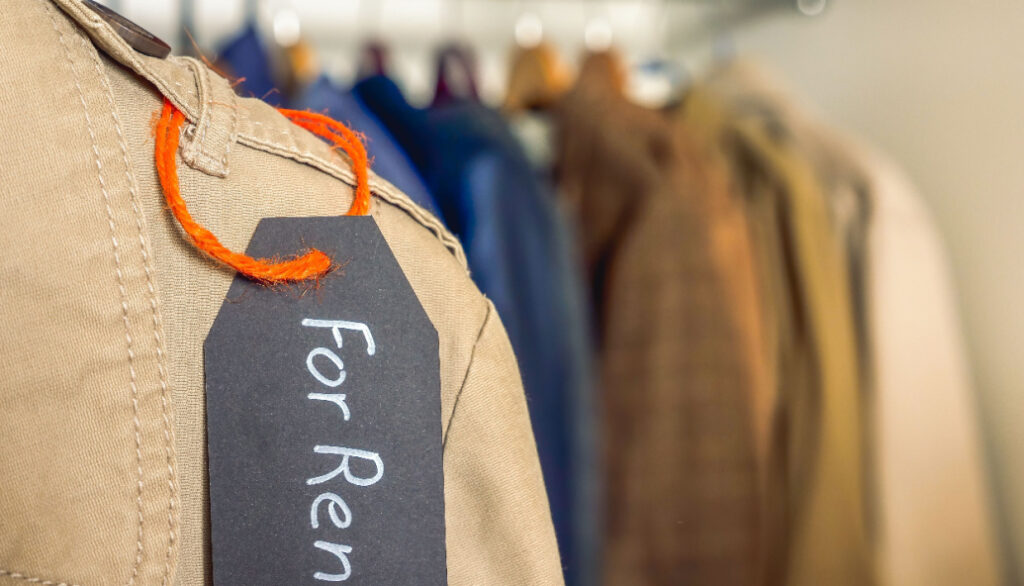The fashion industry is one of the biggest environmental culprits, responsible for up to 10% of global greenhouse gas emissions. So could renting clothes be the answer?
A new study led by researchers at Chalmers University of Technology in Sweden has investigaste and while the concept has struggled to gain widespread traction, the study suggests that success is possible—if rental companies focus on niche markets and work closely with suppliers.
In Sweden alone, more than 90% of the climate impact of clothing comes from the purchase of newly produced garments.
With production accounting for 70% of the total carbon footprint of a garment, it’s clear that our relentless consumption of new clothes is unsustainable.
Not fashionable topic
Fashion has a problem a big one and although it has looked to address it, the very nature of a new line per season means the industry is consuming more and more.
Globally, the numbers are staggering. Every year, five million tonnes of clothing are discarded in the EU—around 12 kilos per person. Across the Atlantic, the average American generates a shocking 37 kilos of textile waste annually. “
Chalmers University Sweden
And the more we buy, the worse the problem gets say the researchers.
A t-shirt, for example, is typically worn just 30 times before being discarded. If that same shirt were used 60 times instead, its climate impact would be halved.

Can renting work?
The Chalmers study examined nine Swedish companies that have experimented with clothing rental, either successfully or unsuccessfully. From this research, three main business models emerged:
- Membership model – Similar to a library, customers become members and borrow clothes for a set period.
- Subscription model – Customers pay a monthly fee to rent a certain number of garments.
- Individual rental model – Targeting specific clothing needs, such as renting ski jackets alongside ski equipment.
The key takeaway? Although there are good intentions from consumers, renting firms have found it hard to turn a profit with issues like tracking clothes, collecting and washing adding to the costs/footprint.
However specialising in a niche, such as sportswear and working closely with manufacturers could make renting a viable alternative to endless fast fashion consumption.
Professor Frida Lind who led the study said: “Many people have clothes hanging in the closet that are rarely or never used. Renting clothes can extend the use of each garment and thus contribute to more sustainable consumption.
‘Our study can be an important contribution to the fashion industry’s sustainability transition, as it shows the possibilities of new business models in this industry. We hope that it can have an impact on decision-makers who need a basis for establishing incentives and financial motivation for a more sustainable fashion industry. “

What can you do?
Ultimately, the most effective way to reduce fashion’s impact is to extend the life of clothes—whether by renting, buying second-hand, or simply wearing what we already own for longer says the report.
With the fashion industry’s carbon footprint continuing to grow, rental models may yet play a crucial role in making fashion more sustainable.
Beyond production, how we shop also contributes to emissions. Driving to shops rather than walking or cycling can increase a garment’s footprint by over 10%. Even washing and drying clothes account for 3% of their total environmental impact.









